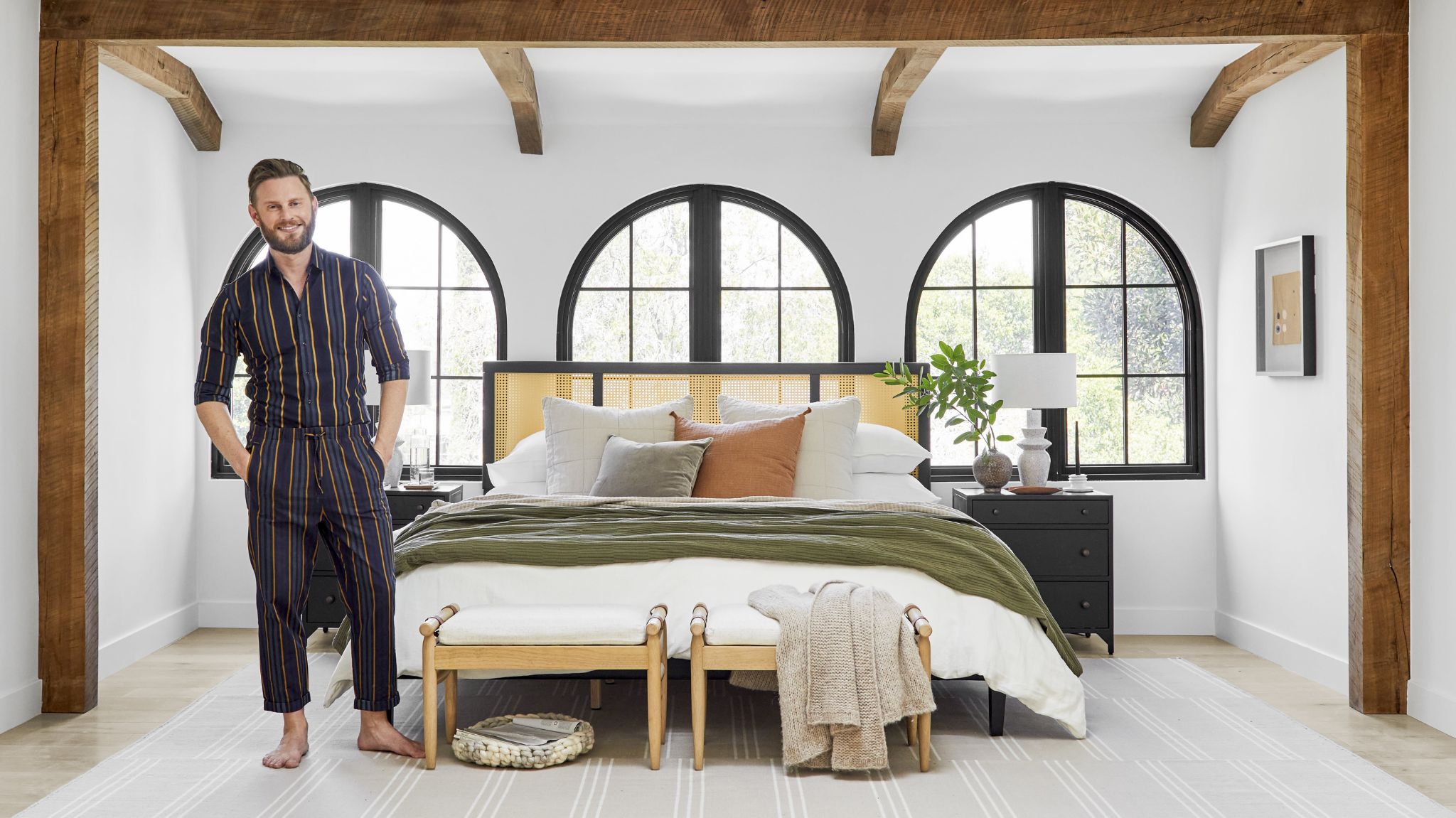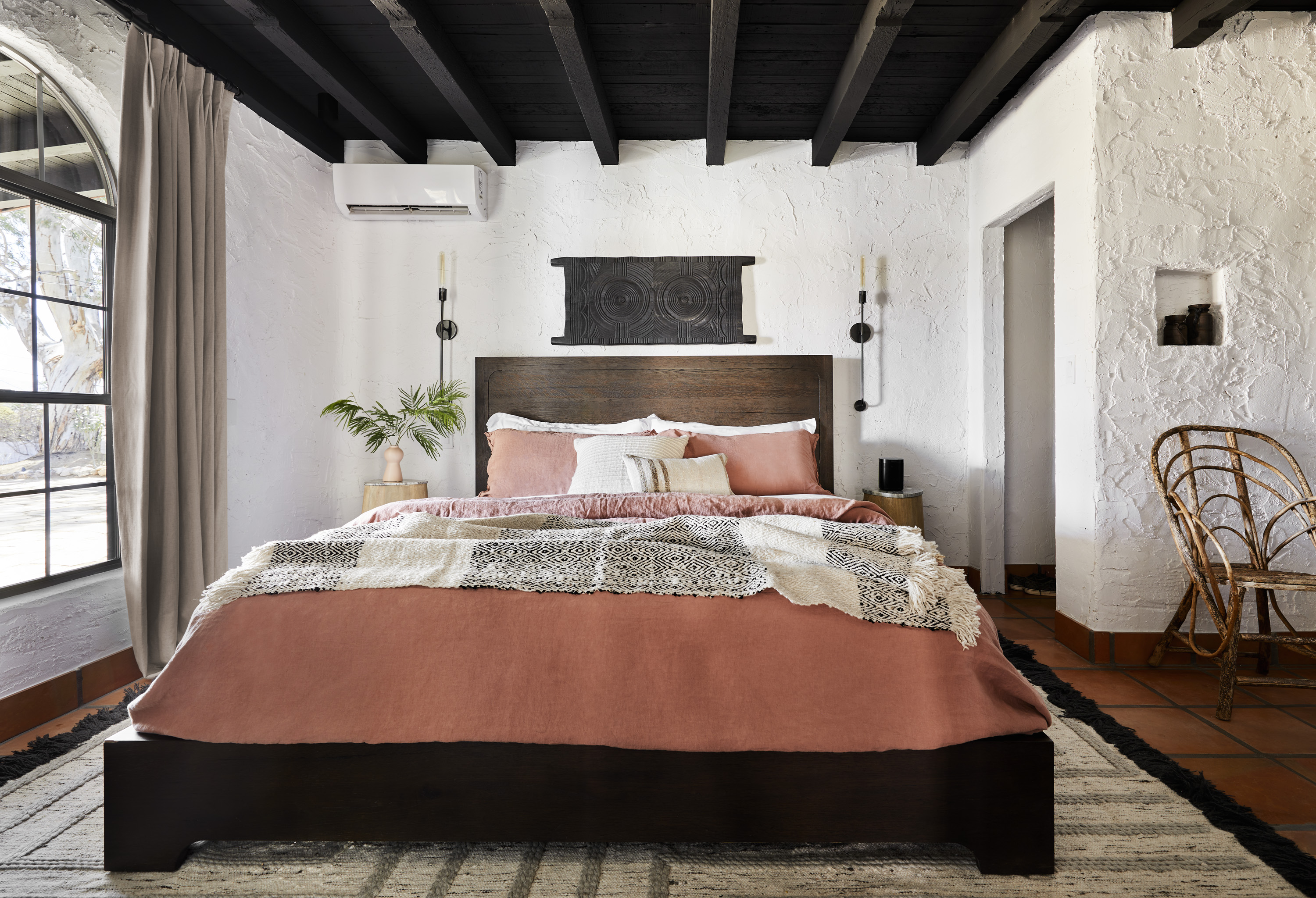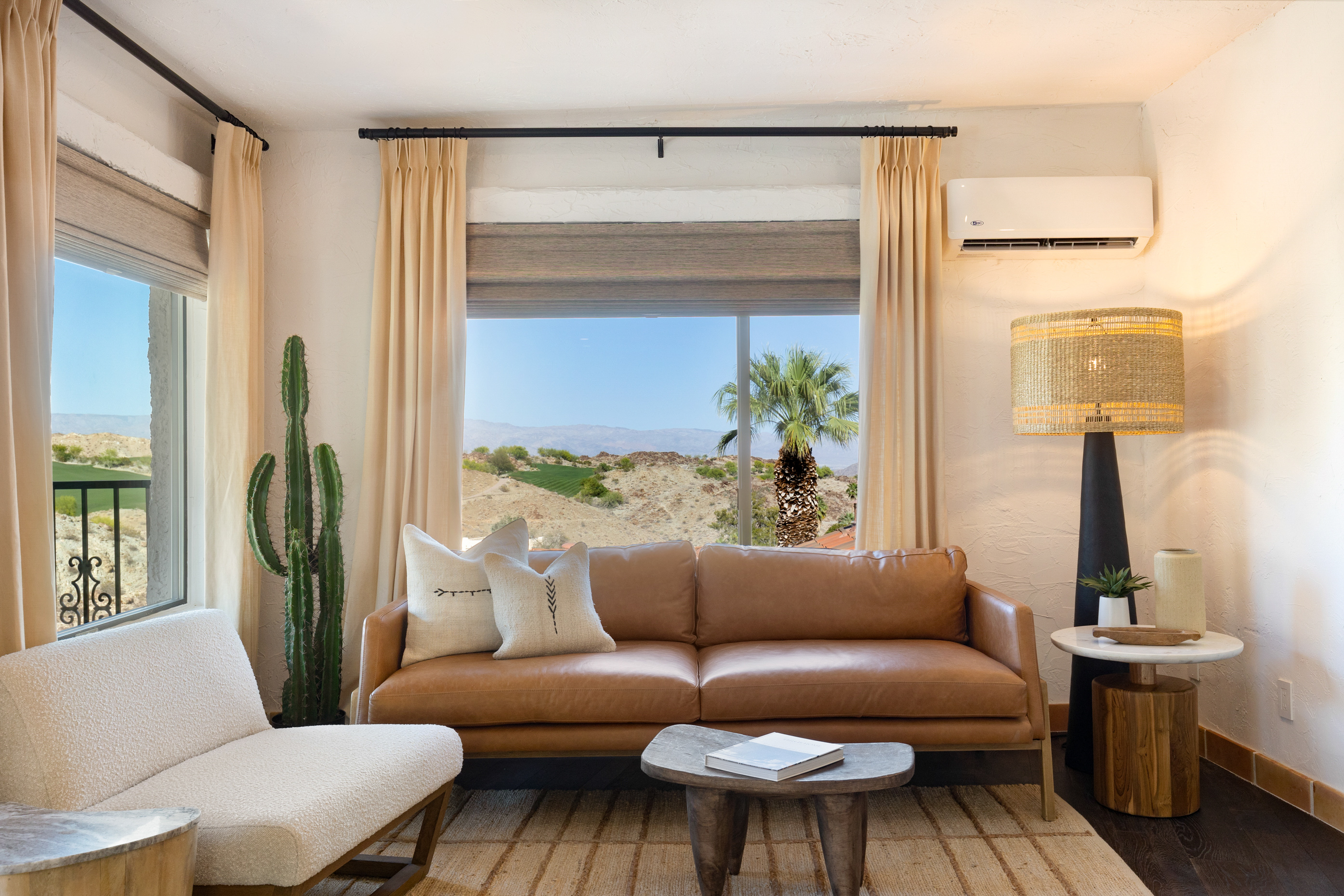
The moment we’ve all been waiting for, when THE Bobby Berk, Design Expert and Emmy-nominated host of TV show Queer Eye, will launch his own design book, has finally arrived! Right at Home: How Good Design is Good for The Mind will be available to buy in September, and I could not be more excited to get my copy.
What makes this launch so special is that this is a book that is meant to be actively useful, with super practical tips that we can all easily apply into our homes. We’ve seen Bobby’s home transformations that also transform lives in every single episode of Queer Eye, and now it’s our turn to try some of those magic design tricks in our own space.
Bobby teaches us that a happy home means a happy life. In this book, he clearly illustrates the connections between design and life, demonstrating that good design can aid mental wellness and help achieve a sense of happiness within the home.
Featuring gorgeous photographs of beautifully styled rooms that will inspire, the book will look great on your coffee table, but it’s so full of practical tips that you won’t want to put it down. Giving you so many of Bobby’s tried-and-true tips, it is the definitive guide to designing a comfortable, modern home. It puts a great emphasis on following your happiness and finding your own style and shows you exactly how to do that, while also optimizing the function of every room, organizing your space, and (trust me on this) SO. MUCH. MORE.
In conversation with Design Expert Bobby Berk

Raluca Racasan: What inspired you to write this book?
Bobby Berk: For years I'd been asked to do a design book of my work, and I wanted to do a book that would help people. Throughout the years I have thought about how your mental health is affected by your space and your surroundings, and it became a natural progression of me thinking about design and mental health together, and realizing that I don’t think anyone’s ever talked about this, about how color, and lights, and sound, and organization, can really affect your mood, and mental health, and not just in your home but in every aspect of your life. So that was my inspiration, I wanted to do a book that would really help people and I think that’s what we accomplished.
On how your home can make you happier

RR: Can you share one thing we can all do at home, that’s also good for the mind?
BB: I talk about making your bed. Making your bed in the morning is something that you promise yourself you’re gonna start doing. And it may not seem like that big of a deal, it’s just making the bed. But making that bed in the morning is something you accomplish. And when you accomplish things you release endorphins in your head and it gives you that sense of accomplishment, it makes you feel good about yourself, it’s a little nudge of self-esteem in your mind, one that you might not even acknowledge or think about, but when you do that you achieve something that you set out to achieve.
And by the time you get to work your mind has already been trained to accomplish things that day. And the opposite when you don’t accomplish making your bed. You walk out the door and think ah, I told myself that I was going to make my bed, but I didn’t today, it’s not that big of a deal, it’s just making the bed, but then you get to work and are already in that mindset of being ok with not accomplishing the things you set out to accomplish, and so little things around the home can affect even your work performance and your relationships outside of the home.
On how to figure out your style
RR: In your book, you talk about helping people find out what their interior style is that would make them happy.
BB: One of the first chapters is all about figuring out what you like, and one of the things I say is let’s normalize not asking people what their design aesthetic is, because people don’t know, they don’t know how to articulate that. They’re not a designer. I ask people about what they like outside of design.
RR: Can you talk me through an example?
BB: In an episode of Queer Eye I ask Remy what’s your favorite TV show and he says Mad Men, so I thought ok that’s mid-century. I ask what’s your dream vacation, and he said Cuba, which is also the fifties. So I did his home in mid-century modern furniture, with a mural in a picture of Havana, and lots of banana tree leaves plants, and he walks in and says this place made him so happy, it felt like him. He asked how did you figure out what I would like and I said just that I asked you what you like. So the first part of the book is teaching people how to figure out what makes them tick, how to figure out what things you’re passionate about.

On using your own clothes for inspiration
RR: In your book, you also mention looking at our wardrobes for inspiration. Can you explain that?
BB: If your favorite article of clothing is your worn-in leather jacket, you’re probably going to like some leather accents, a leather pillow, and some leather desk accessories. If you like a chunky knit sweater you’re probably going to love chunky knits pillows and throws. The things in your home should be things that make you happy.
RR: Why is the home important to our mental well-being?
BB: Your home is like your phone charger. And if you don’t get fully charged you won’t make it through the day, just like your phone won’t make it through the day if it doesn’t get fully charged.
Price: $31.50
Get all of Bobby's tips to create a home you love to be in, and that is good for you, in this book full of practical ideas easy to implement right now.
RR: Why do you think this book is important for our wellness now?
BB: We were stuck in our homes for a few years, and it made us rethink our homes. They became so many different thighs. They became our workspace, our classroom, our daycare... Now that some of us are back at the office, I want people to think about making their space work for them, and how their space can really affect mental health.
Here are some top picks from Bobby's shop that will make you feel happy at home
Price: $149.00–$749.00
Designed for Karastan Rugs by Bobby Berk, the Traverse collection features a variety of intricate geometric and striped patterns with subtle abstract design accents in versatile neutral color combinations.







